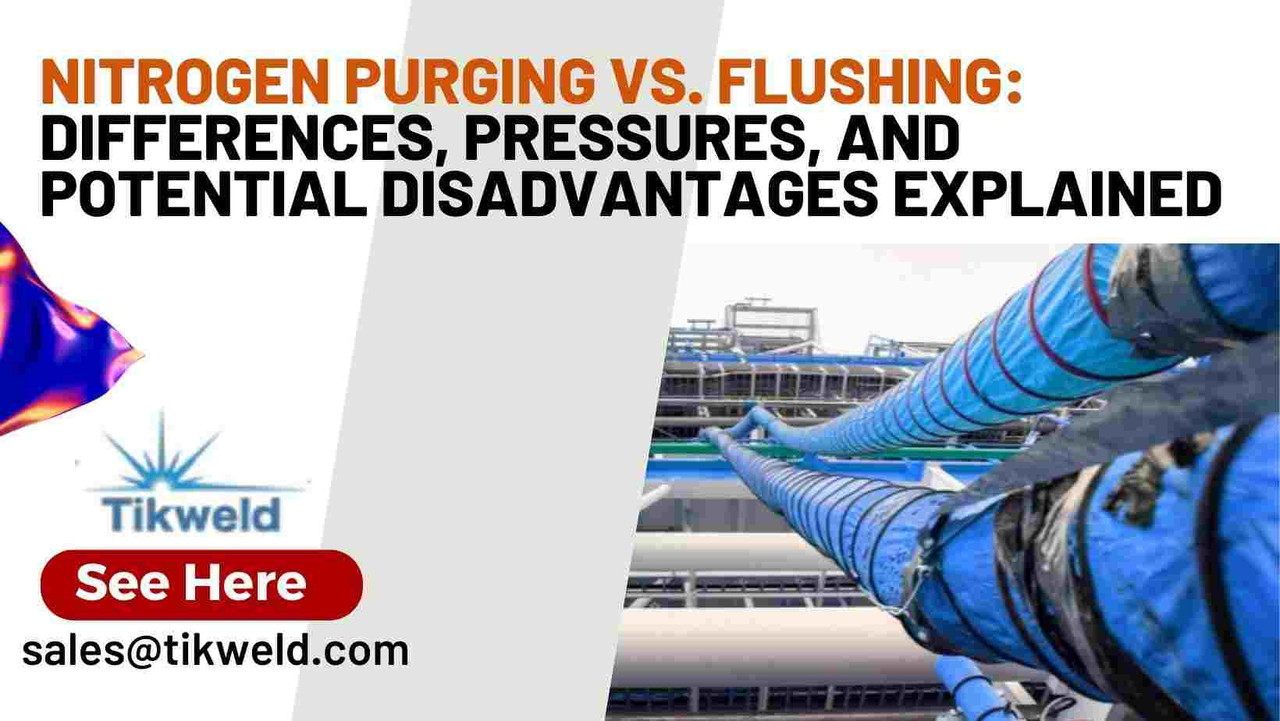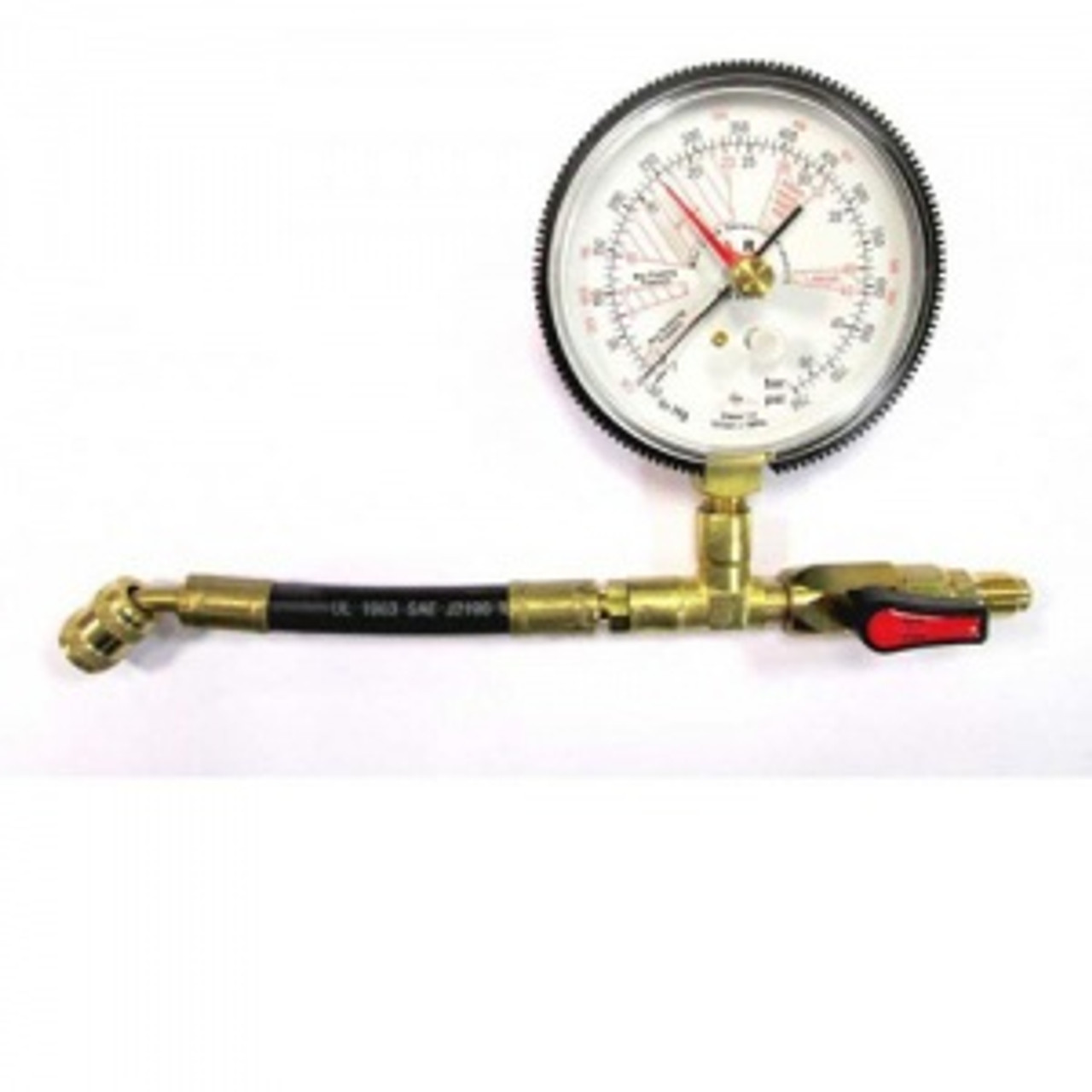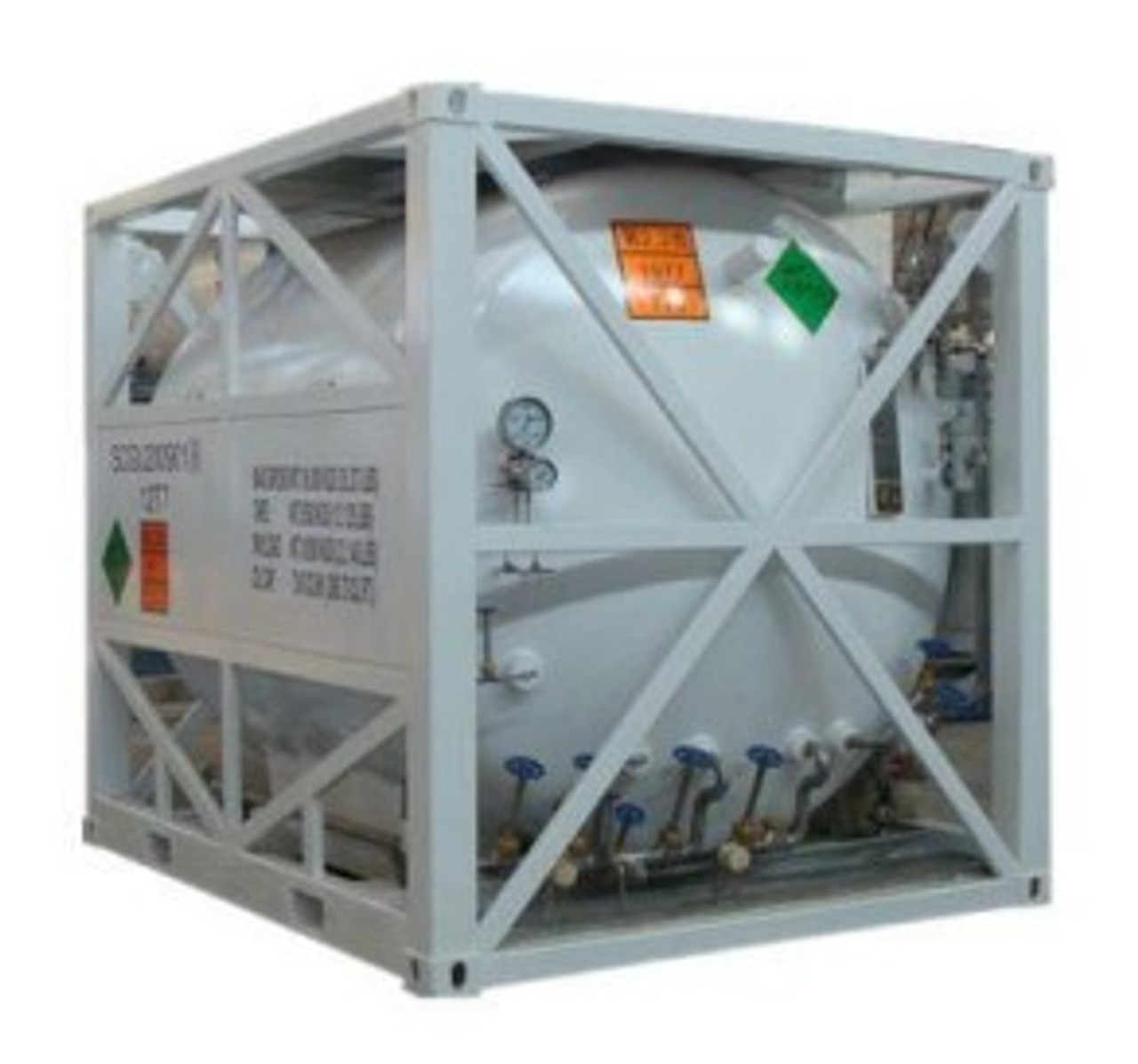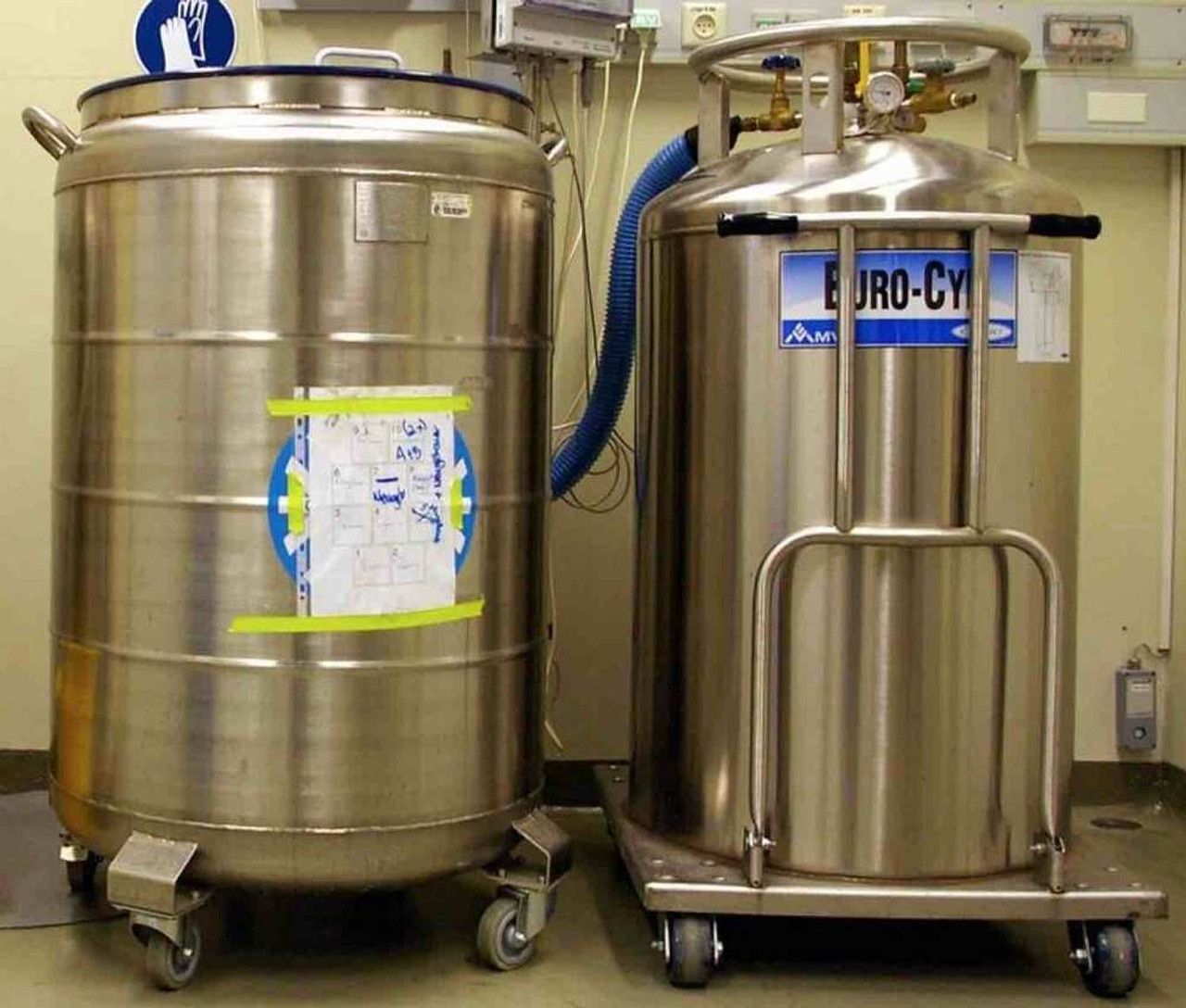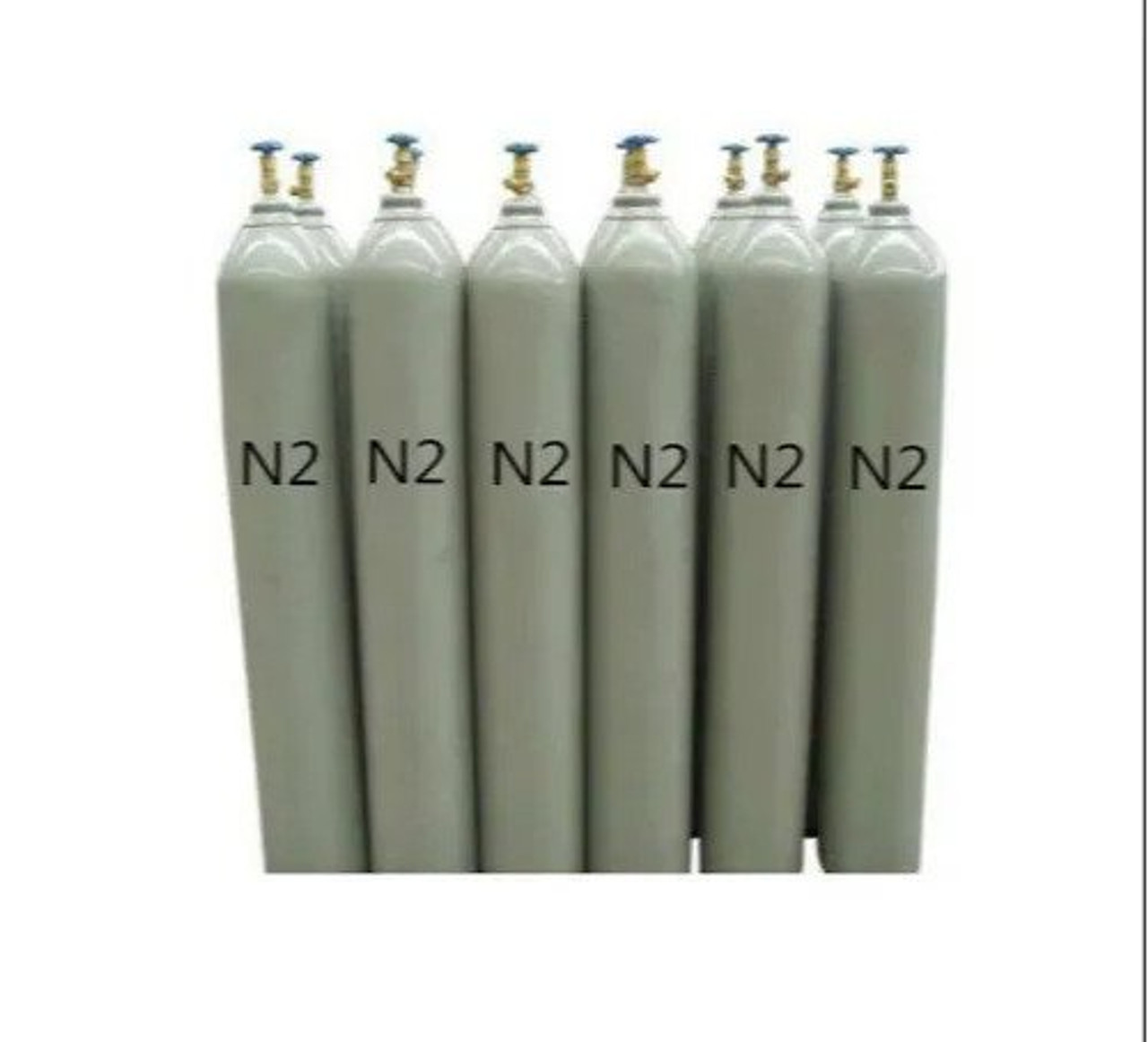Nitrogen Purging vs. Flushing: Differences, Pressures, and Potential Disadvantages Explained
In the realm of industrial processes that demand precision, safety, and efficiency, the techniques of nitrogen purging and flushing emerge as key players. These methods, although related, possess distinct characteristics that set them apart in terms of objectives, mechanisms, and implications. This section sets the stage for a comprehensive exploration of nitrogen purging and flushing, shedding light on their definitions, highlighting the significance of discerning their differences, and clarifying the goals of this content – to compare these techniques while elucidating potential disadvantages.
Nitrogen Purging: Nitrogen purging is a meticulous process used to displace or remove undesired gases from a confined space or equipment. It involves introducing nitrogen gas into the environment, effectively reducing the concentration of reactive gases, such as oxygen. This displacement creates an inert atmosphere that curtails the risks of fire, oxidation, and corrosion. Nitrogen's inert nature renders it an ideal candidate for this technique, ensuring safety and maintaining the integrity of sensitive materials and equipment.
Flushing: Flushing, on the other hand, entails the circulation of gases or liquids to cleanse a system, remove contaminants, or replace unwanted substances. While nitrogen can be used as a flushing medium, other gases or liquids may also serve this purpose. Flushing is commonly applied to pipelines, tanks, and equipment to clean, dilute, or replace existing substances to ensure desired process conditions.
The industrial landscape thrives on precision and effective utilization of techniques, making it crucial to discern between closely related methods like nitrogen purging and flushing. An understanding of their differences prevents misapplications, ensuring that the right technique is employed for a specific scenario. This understanding also safeguards against potential pitfalls that could arise from misusing these techniques, particularly when safety and efficiency are paramount.
The purpose of this content is to delve into the intricacies of nitrogen purging and flushing, unraveling their nuances and disparities. By comparing these techniques, we aim to clarify their objectives, processes, and outcomes. This exploration empowers industries and professionals with the knowledge needed to make informed decisions when selecting the appropriate technique for their specific requirements. By illuminating potential pitfalls, we ensure that industries not only harness the benefits of these techniques but also mitigate risks and optimize their operational processes.
Nitrogen Purging: Principles and Process
Nitrogen purging, a cornerstone technique in various industries, revolves around the utilization of nitrogen gas to create an environment devoid of reactive gases, particularly oxygen. The central principle is rooted in nitrogen's inert nature – it doesn't readily react with other substances under normal conditions. This quality makes it invaluable in preventing fire, oxidation, and corrosion. Nitrogen purging is employed to displace oxygen and other unwanted gases from confined spaces, ensuring safety, preserving product quality, and enhancing process efficiency.
Explanation of the Nitrogen Purging Process
- Preparation: Nitrogen purging begins with careful preparation, including evaluating the space or equipment to be purged and determining the required flow rate and pressure for efficient gas displacement.
- Nitrogen Introduction: Nitrogen gas is introduced into the environment at a controlled rate. This introduction displaces the existing gases, particularly oxygen, from the space. The objective is to reduce the concentration of reactive gases to a safe level, thereby minimizing risks associated with combustion and corrosion.
- Monitoring and Adjustments: Continuous monitoring of gas concentrations, pressure levels, and flow rates is crucial during nitrogen purging. Real-time data allows operators to make adjustments to ensure the purging process is on track and within safety limits.
- Completion: The purging process concludes when the concentration of undesired gases has been reduced to an acceptable level, creating an inert atmosphere conducive to safe operations.
Nitrogen Pressure Test Gauge
Benefits and Applications of Nitrogen Purging
- Fire and Explosion Prevention: By displacing oxygen, nitrogen purging curtails the risk of fire and explosions. Industries dealing with flammable substances, such as oil and gas, benefit greatly from this safety measure.
- Corrosion Mitigation: Nitrogen purging safeguards equipment from oxidation and corrosion, prolonging its lifespan and ensuring optimal performance. Industries like electronics and manufacturing rely on this to preserve sensitive components.
- Inert Atmosphere Creation: Processes sensitive to oxygen, such as welding, can benefit from nitrogen purging to create an inert environment, preventing oxidation and maintaining product integrity.
- Enhanced Product Quality: In industries like food and pharmaceuticals, nitrogen purging preserves product quality by minimizing oxidation and microbial growth during packaging and storage.
- Controlled Chemical Reactions: Nitrogen purging controls the environment in chemical reactions, preventing undesired reactions and yielding consistent and desired results.
Learn more: Understanding the Use of Liquid Nitrogen in Nigeria: Applications and Benefits
In the subsequent section, we delve into the world of flushing, another technique utilized for various purposes in industrial applications.
Flushing: Principles and Process
Flushing involves the process of circulating a gas or liquid through a system to cleanse it, dilute substances, or replace unwanted materials. Unlike nitrogen purging, which relies on nitrogen's inertness, flushing can employ a range of gases or liquids based on the desired outcomes. The central principle of flushing is to ensure cleanliness, remove contaminants, and create suitable process conditions.
https://www.gz-supplies.com/6l-cryogenic-container...
A. Explanation of the Flushing Process
- Preparation: The process begins with preparing the system for flushing, which includes assessing the substances to be removed, selecting an appropriate flushing medium, and setting the required flow rates and pressures.
- Introduction of Flushing Medium: The chosen gas or liquid is introduced into the system and circulated to dislodge contaminants, dilute unwanted substances, or replace existing materials.
- Contaminant Removal: The flushing medium carries away contaminants, debris, or unwanted substances present in the system. The effectiveness of this removal depends on the flow rates and thoroughness of the process.
- Dilution or Replacement: Flushing can also involve diluting concentrations of substances or completely replacing them. In some cases, flushing is used to prepare a system for new materials or substances.
- Monitoring and Quality Control: Similar to nitrogen purging, monitoring and quality control play a critical role in flushing. Real-time data ensures that the desired outcomes are achieved effectively.
Cryogenic Offshore Tank for Liquid Nitrogen 8,000 Liters
B. Benefits and Applications of Flushing
- Cleaning and Maintenance: Flushing is used extensively to clean and maintain pipelines, tanks, and equipment in industries such as chemical processing and wastewater treatment.
- Contaminant Removal: In applications involving fluids or gases, flushing effectively removes contaminants, ensuring product quality and process efficiency.
- Material Replacement: Flushing allows for the replacement of materials within a system, making it valuable in scenarios where material compatibility or quality is paramount.
- Preparation for New Processes: Flushing prepares systems for new processes by ensuring they are free from residues or substances that could interfere with the desired outcomes.
- Cooling and Heat Transfer: In heat exchange systems, flushing can be employed to remove scale, sediment, or deposits that hinder efficient heat transfer.
As we move forward, we will delve into the nuances that differentiate these techniques, examine the pressures associated with each, and explore potential disadvantages that must be considered when employing them in industrial applications.
Differences between Nitrogen Purging and Flushing
Nitrogen purging and flushing, while sharing the common goal of preparing systems and spaces for optimal performance, exhibit distinct characteristics that set them apart. This section delves into the nuances that differentiate these techniques, including their objectives, gas usage, efficiency, and safety considerations.
A. Objective and Focus of Each Technique
- Nitrogen Purging: The primary objective of nitrogen purging is to create an inert atmosphere by displacing or removing reactive gases, particularly oxygen. The focus is on eliminating the risks of fire, explosion, and corrosion. Nitrogen purging ensures a controlled environment that is conducive to safe operations and the preservation of equipment and materials.
- Flushing: Flushing, on the other hand, aims to cleanse systems, remove contaminants, and achieve suitable process conditions. The focus is on improving system cleanliness, product quality, and process efficiency. Flushing also extends to dilution and replacement of substances within the system to align with specific requirements.
B. Gas Usage: Nitrogen Purging's Inert Gas vs. Flushing with Another Gas or Liquid
- Nitrogen Purging: Nitrogen purging exclusively relies on nitrogen gas as the purging medium. The inert nature of nitrogen is crucial for creating an environment free from reactive gases, enhancing safety and preventing undesirable reactions.
- Flushing: Flushing employs a variety of gases or liquids as the flushing medium. This medium can be chosen based on the specific goals of the process. Water, air, steam, or other gases may be used for flushing, catering to the unique requirements of each application.
6L Cryogenic container for Liquid Nitrogen dewar
C. Efficiency and Thoroughness of Gas Removal
- Nitrogen Purging: Nitrogen purging is exceptionally efficient in removing unwanted gases due to nitrogen's inert characteristics. The process ensures a high level of gas removal, making it ideal for applications where stringent purity and safety standards are paramount.
- Flushing: Flushing achieves effective gas removal, but its efficiency might vary based on the choice of the flushing medium, flow rates, and system design. While effective in cleaning and diluting, flushing might not reach the same level of thoroughness as nitrogen purging.
D. Safety Considerations and Implications
- Nitrogen Purging: Nitrogen purging is primarily utilized to enhance safety by preventing fire, explosion, and corrosion risks. The inert atmosphere created through nitrogen purging safeguards equipment, materials, and personnel involved in sensitive processes.
- Flushing: Flushing is geared towards improving system cleanliness, ensuring product quality, and enhancing process efficiency. While safety considerations are still relevant, the primary focus is on achieving the desired process conditions rather than creating an inert atmosphere.
Liquified Nitrogen (storage for Liquid Nitrogen)
Pressure Considerations in Nitrogen Purging and Flushing
A. Pressure Differentials in Nitrogen Purging
- Positive Pressure Purging: In positive pressure nitrogen purging, the pressure of the nitrogen introduced is higher than the pressure of the environment being purged. This accelerates the displacement of unwanted gases.
- Negative Pressure Purging: Negative pressure purging involves maintaining a lower pressure within the confined space compared to the external environment. This prevents external air infiltration during the purging process.
B. Pressure Levels in Flushing Techniques
- Controlled Pressure Flushing: Flushing techniques can be performed at varying pressure levels based on the desired outcomes. Controlled pressure flushing ensures that the flushing medium flows through the system effectively, removing contaminants and unwanted substances.
Nitrogen Gas High purity compressed, 50 liters (returnable) Cylinders
C. Influence of Pressure on Gas Displacement and Removal Efficiency
- Nitrogen Purging: The pressure differentials used in nitrogen purging play a significant role in the speed and efficiency of gas displacement. Higher pressure differentials generally lead to faster and more effective removal of unwanted gases.
- Flushing: Pressure levels in flushing techniques influence the thoroughness of contaminant removal and the speed at which flushing occurs. Proper pressure control ensures efficient cleaning, dilution, or replacement.
As we continue our exploration, the subsequent sections will illuminate the potential disadvantages associated with both nitrogen purging and flushing. This holistic understanding will enable industries to make informed decisions when selecting the appropriate technique for their specific applications, all while ensuring safety, efficiency, and optimal process outcomes.
Potential Disadvantages of Nitrogen Purging and Flushing
Every industrial technique, despite its benefits, comes with its own set of potential drawbacks. Nitrogen purging and flushing are no exceptions. In this section, we delve into the disadvantages associated with each technique, shedding light on the risks and considerations that must be taken into account.
A. Nitrogen Purging: Risk of Oxygen Depletion and Asphyxiation
- Oxygen Depletion: One of the primary risks of nitrogen purging is the depletion of oxygen in the environment. While creating an inert atmosphere is the goal, excessive removal of oxygen can lead to oxygen deficiency, potentially causing harm to personnel and disrupting biological processes.
- Asphyxiation Hazard: Oxygen deficiency resulting from nitrogen purging poses a threat of asphyxiation to workers. Without adequate oxygen, individuals may experience difficulty breathing, loss of consciousness, and in extreme cases, death.
B. Flushing: Potential for Incomplete Removal of Unwanted Substances
- Insufficient Cleaning: The potential downside of flushing lies in the risk of incomplete removal of contaminants or unwanted substances. Depending on the flushing medium used, the flow rates, and the nature of the system, certain particles or residues might remain, affecting product quality or process efficiency.
- Inadequate Dilution: In cases where flushing is used for dilution or replacement of substances, improper execution can lead to inadequate dilution, resulting in undesired concentrations of substances in the system.
https://www.gz-supplies.com/6l-cryogenic-container...
C. Environmental Impact: Gas Consumption and Waste Generation
- Gas Consumption: Nitrogen purging, while efficient, involves the consumption of nitrogen gas, which is often produced through energy-intensive methods. This consumption contributes to carbon emissions and resource depletion.
- Waste Generation: Flushing may generate waste in the form of the flushing medium itself or the substances carried away by the medium. Disposal of waste materials can present environmental challenges.
https://www.gz-supplies.com/6l-cryogenic-container...
Selecting the Appropriate Technique: Factors to Consider
A. Nature of the Application: Criticality and Sensitivity
- Critical Processes: For applications where safety and precision are paramount, such as aerospace and pharmaceuticals, nitrogen purging might be preferred due to its ability to create an inert atmosphere.
- Cleaning and Maintenance: Applications requiring extensive cleaning, such as pipelines in the chemical industry, might benefit from flushing to ensure thorough removal of contaminants.
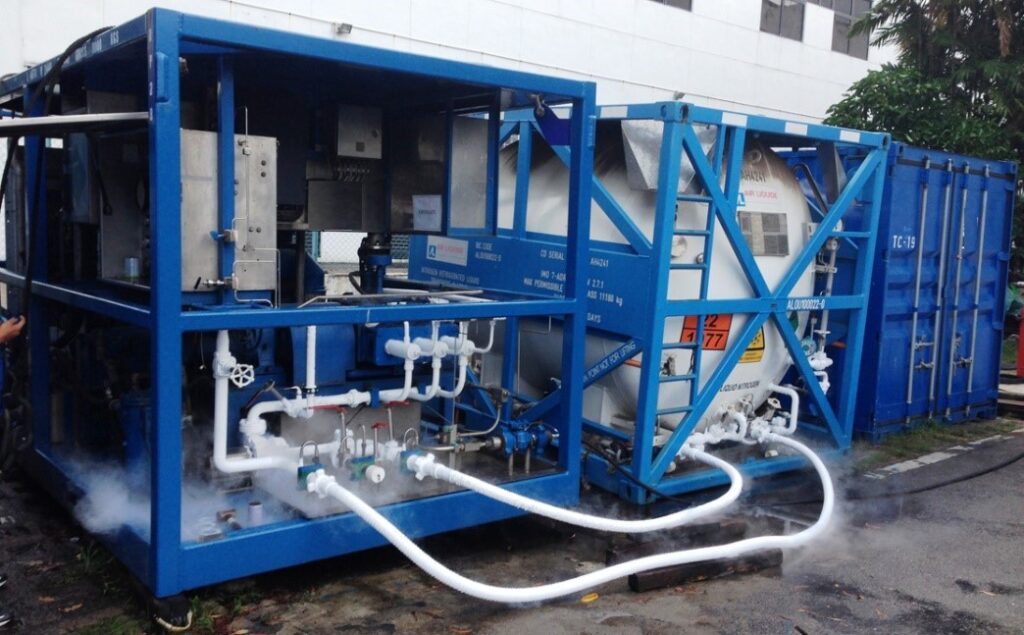
Nitrogen purging services
B. Time Constraints and Desired Thoroughness
- Time-Sensitive Processes: Flushing can be quicker than nitrogen purging, making it suitable for applications with time constraints, such as rapid equipment turnaround in manufacturing.
- Thoroughness Requirements: Processes demanding high levels of purity, such as electronics manufacturing, might lean towards nitrogen purging to ensure complete gas removal.
C. Safety Concerns and Regulatory Requirements
- Safety Emphasis: Industries with a high focus on safety, such as oil and gas, may prioritize nitrogen purging to mitigate explosion and fire risks.
- Regulatory Compliance: Certain industries, like food and pharmaceuticals, must adhere to strict regulatory standards. The choice of technique might be influenced by these regulations.
D. Environmental Considerations and Sustainability
- Environmental Impact: Industries aiming for eco-friendliness might favor flushing techniques that use water or other environmentally friendly liquids as the flushing medium.
- Resource Efficiency: In resource-intensive processes, selecting a technique with lower gas consumption or waste generation can align with sustainability goals.
By weighing these factors and understanding the potential disadvantages, industries can make well-informed decisions when choosing between nitrogen purging and flushing techniques. The following section will encapsulate the insights gained from this exploration, guiding readers towards making judicious choices that optimize their industrial processes while considering safety, efficiency, regulatory compliance, and environmental responsibility.
Conclusion
In the realm of industrial processes, the choice between nitrogen purging and flushing is a decision that reverberates through safety, efficiency, and effectiveness. As we navigate through the intricacies of these techniques, a holistic understanding emerges, illuminating the differences, pressures, and potential pitfalls associated with each.
The dynamic differences between nitrogen purging and flushing are not merely technicalities; they are pivotal factors that influence the outcome of industrial operations. Nitrogen purging's ability to create an inert atmosphere safeguards against the risks of fire, explosion, and corrosion, while flushing excels in system cleaning and achieving desired process conditions. Recognizing the importance of selecting the appropriate technique based on the nature of the application, time constraints, safety concerns, regulatory requirements, and environmental considerations empowers industries to harness the benefits of these methods.
The journey through these techniques underscores the essence of informed decision-making. It underscores the gravity of not just focusing on outcomes, but also on the processes that lead to them. Safety, efficiency, and sustainability are intertwined elements that shape the fabric of modern industries. A nuanced understanding of nitrogen purging and flushing, alongside their potential disadvantages, enables industries to make choices that not only optimize their processes but also resonate with the principles of responsibility and progress.
In a world where precision is paramount, where safety is non-negotiable, and where environmental consciousness is imperative, the differences between nitrogen purging and flushing become more than technicalities – they become guiding lights. As industries embrace these techniques judiciously, may their paths be illuminated by the seamless fusion of knowledge and action, ensuring a future where industrial processes are not only effective but also sustainable, secure, and ethically sound.
Contact us for further inquiries on Nitrogen Purging and Flushing.

